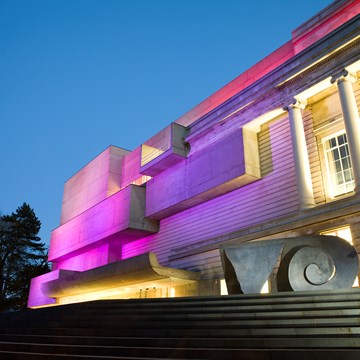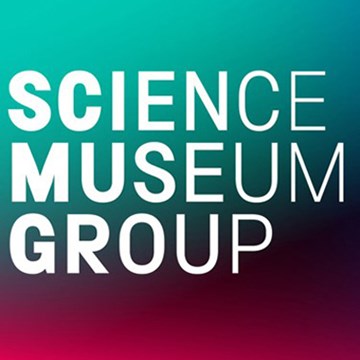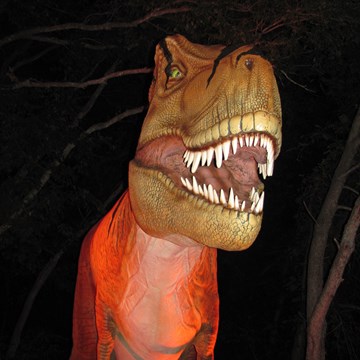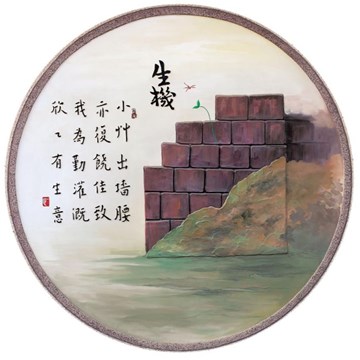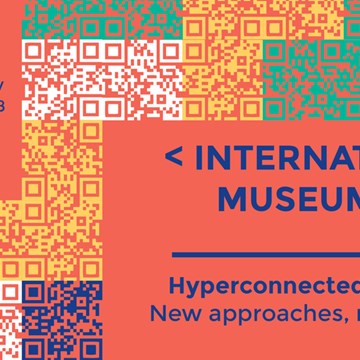Museo Internacional de Arte Contemporáneo MIAC-Castillo de San José
Cerca de Puerto Naos y de Arrecife, capital de la isla, se encuentra el Museo Internacional de Arte Contemporáneo-Castillo de San José.
Erigido entre los años 1776 y 1779 por mandato del rey Carlos III, su privilegiada ubicación en lo alto de un acantilado complementaba la potencia de fuego del Castillo de San Gabriel, y le convertía en un punto crucial para la defensa de Arrecife y de su puerto frente al peligro que suponían los estados modernos en pugna con el Imperio español.
Cuando sus fines defensivos se hicieron menos necesarios, estuvo abandonado durante casi un siglo.
César Manrique convenció a las autoridades de la isla de que debían transformar la antigua fortaleza en una galería de arte inaugurándose, en 1976, el Museo Internacional de Arte Contemporáneo.
El artista lanzaroteño puso en marcha el I Certamen Internacional de Artes Plásticas con obras de Picasso, Tàpies, Miró, Mompó, Millares, Zóbel, entre otros, que fueron el germen de una de las mayores colecciones de arte abstracto de la segunda mitad del siglo XX existentes en Canarias.
La fortaleza fue ampliada con obra de nueva construcción, un moderno restaurante donde Manrique desplegó todo su potencial creativo, convirtiéndose en uno de los más atractivos espacios del edificio, un lugar en el que el visitante puede saborear platos de cocina vanguardista abrazado por la costa y el mar gracias a las imponentes vistas sobre la bahía que regala una inmensa cristalera.
-
The International Contemporary Art Museum-Castillo de San José is located near Puerto Naos and Arrecife, capital of the island.
It was built between 1776 and 1779 under the mandate of King Charles III. Its advantageous location on top of a cliff, was an added asset to the powerful Castle of San Gabriel, and made it an essential spot to defend Arrecife from and its port against the threat of modern states in conflict with the Spanish Empire.
It was abandoned for almost a century, when it became less necessary to use it as a fortress.
César Manrique convinced the authorities of the island to transform the ancient fortress into an art gallery, and the International Contemporary Art Museum opened in 1976.
The artist from Lanzarote started the 1st International Visual Arts Competition, including the work of Picasso, Tàpies, Miró, Mompó, Millares, Zóbel, among others, becoming the origin of one of the best abstract art collections of the second half of the 20th Century in the Canary Islands.
The fortress was expanded with new construction work being done, a modern restaurant where Manrique showed his true creative potential, turning it into one of the most attractive spaces of the building, a place where visitors can taste avant-garde dishes sheltered by the coast and the sea as they enjoy the impressive view of the bay through giant glass windows.
Exhibitions and events
We don't have anything to show you here.
Educational programs
We don't have anything to show you here.





